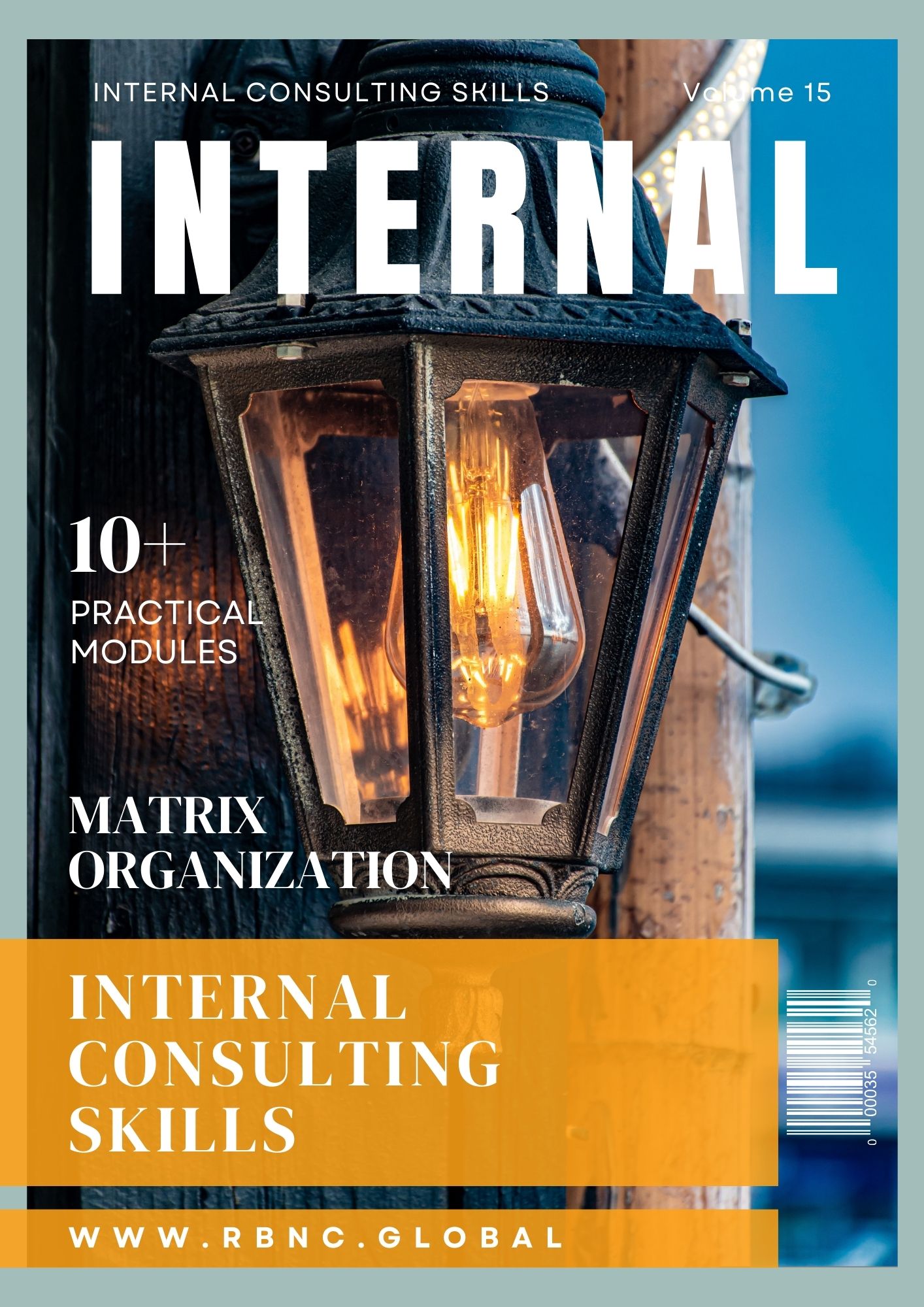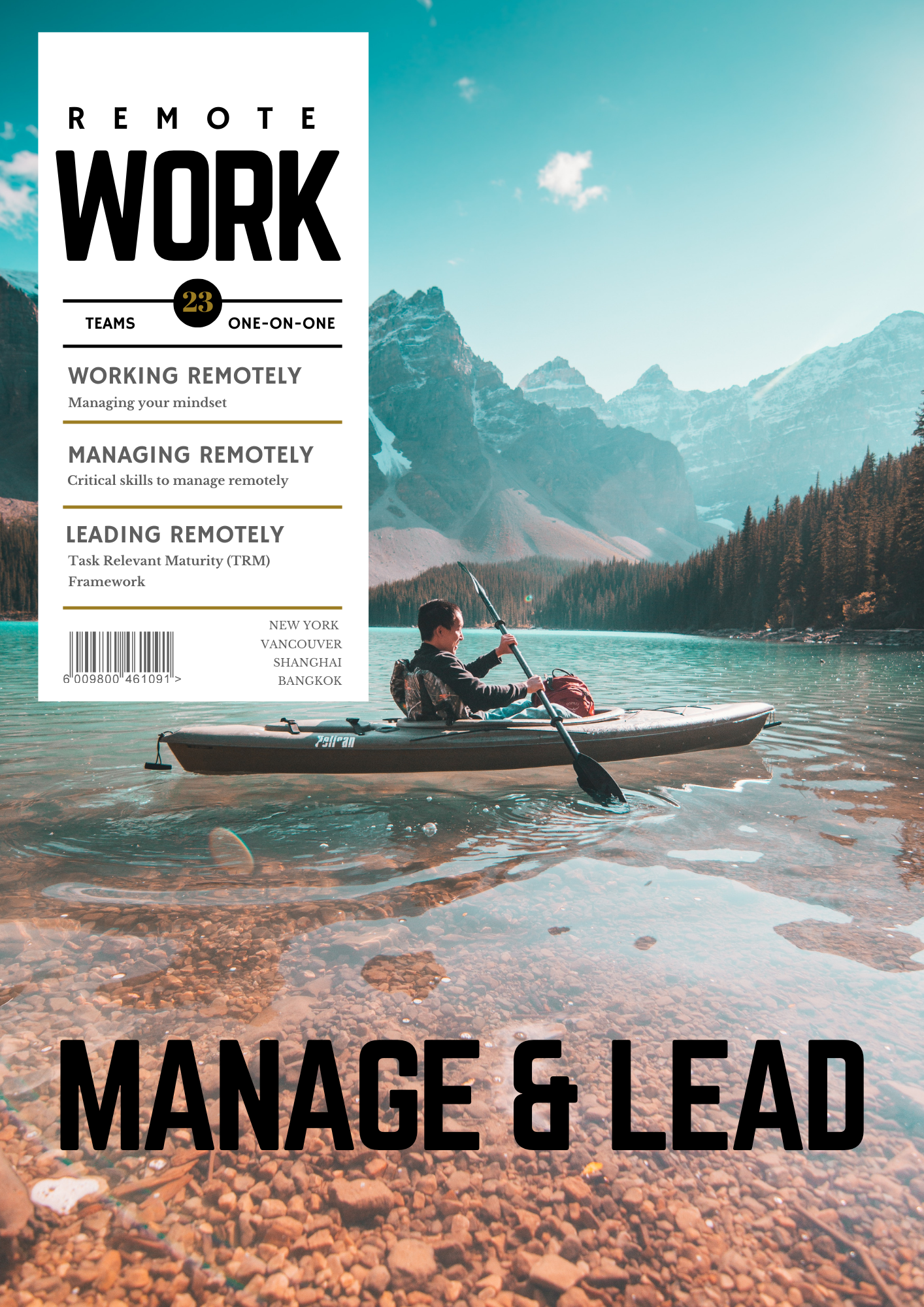Communicating With Top Management
Introduction
Clear and strategic communication with top management is crucial for business success, influencing decision-making, organizational alignment, and overall efficiency. Senior executives rely on timely, concise, and data-driven insights to steer the company in the right direction. Employees and middle managers must effectively convey key information, challenges, and opportunities to ensure that leadership remains well-informed. Strong communication fosters transparency, trust, and collaboration, enabling better resource allocation and faster problem-solving. Additionally, well-structured communication helps align individual and departmental goals with the company’s broader strategic vision. Utilizing reports, presentations, and real-time data analytics enhances credibility and ensures that messages resonate with executives. Poor communication can lead to misunderstandings, missed opportunities, and strategic misalignment. Mastering the art of engaging with top management empowers professionals to influence decisions, gain executive support, and drive organizational success. This training program explores key strategies for effectively communicating with senior leadership to enhance business performance.
How you will benefit
- Communicate more effectively with senior executives, your colleagues and clients
- Flex your communication style to better match your organization’s culture
- Handle office politics and turf wars effectively and gracefully
- Increase your comfort zone, handle the social and protocol aspects of business at an executive level
Who should attend
RBNC designed this course for senior administrative professionals including those who assist CEOs, COOs, CIOs, chairmen, presidents, vice presidents and directors.
What you will cover
- What, exactly, are you trying to achieve with your communication?
- What do you want the executive to do with the information you provide?
- How to build a foundation of influence and credibility to handle situations with discretion and authority
- How to identify and build on your communication strengths
- How to handle sensitive information and delicate situations with tact
- You know what you want…but what does the executive want?
- What if the executive may have no interest in hearing from you? Your approach?
- What if the executive want to hear? How to sell yourself?
- How to identify the executive personalities
- Communication styles (in-person, phone, or e-mail)? Details or highlights? Reasons or bottom line only? Big picture before specifics, or vice versa? Text, pictures, or spreadsheets? Blackberry or laptop? Morning, noon, or night?
- How to prepare information before meeting?
- How to adapt his/her objectives and styles? (Don’t expect them to adapt to yours)
- What is after Action Review (AAR) process?
- After you communicate with a senior executive, do your own AAR
Schedule









